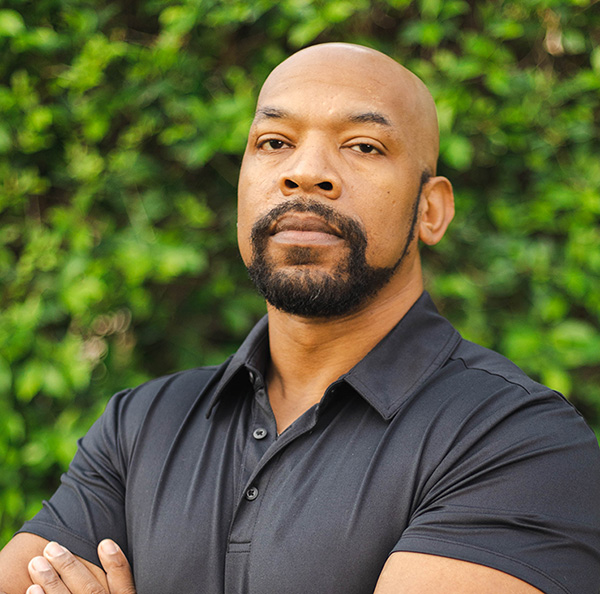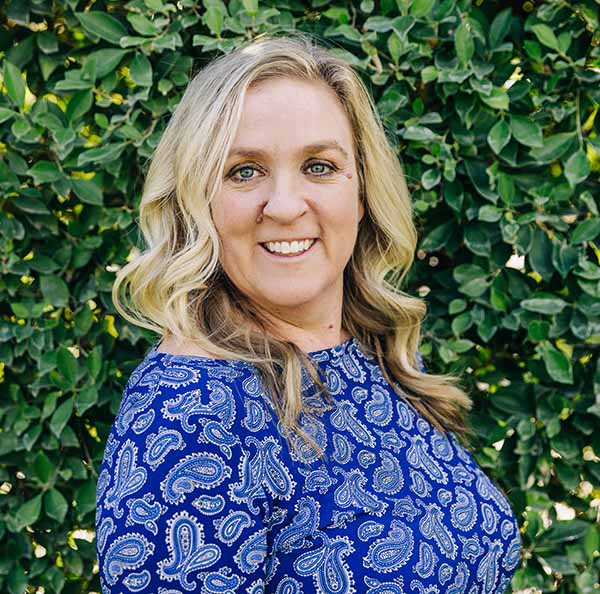The other day I had a chance to watch the buzz-worthy show Abbott Elementary, a mockumentary sitcom that follows the lives of a diverse group of teachers and administrators at an underfunded, challenging school with high staff turnover. I was struck by how familiar the characters were: we all know a Janine, Barbara, Jacob, Melissa, Gregory, and Ava. We may have even been each of them at times in our careers. But the biggest thing that struck me was seeing the staff attempt to connect and relate to their students despite the obstacles and circumstances. Many of us can relate to the idea of trying our best to prepare students for rigorous learning, help develop their abilities, and empower them.
As educators across the United States strive to meet the diverse needs of their students and families during this unprecedented time, we know there are complex factors within and outside the systems that impact how we understand and connect with students. We know that COVID has run rampant in our schools and communities, and it has taken its toll on our teachers, staff, students, and families. We know there are competing agendas and initiatives that are being pushed out, when schools are just trying to survive.

In order to humanize education again, we must continue to deeply consider how we can view the diverse lived experiences of the students we serve in ways that honor their innate dignity and humanity, and the universal need to belong and thrive. By holding on to this critical tenet, we can focus on the joy of teaching and why we got into this field in the first place. This is the heart of Culturally Responsive-Sustaining Education (CRSE).
There are four elements of CRSE that are most prevalent in the core practices of culturally responsive teaching, learning and the formative assessment process. Consider how these elements can be incorporated in our current practices, supporting the diverse experiences of our students.
Element #1: Cultural Identity
Effective teachers are aware that they bring their own cultural and experiential background into the classroom and are influenced by their perception of the relationship between culture, ideology, learning, and assessment. We all have our own learner and cultural identities and subscribe to a certain set of beliefs, but when in the classroom, our beliefs are not always explicitly demonstrated in our practice.
In order to create culturally responsive-sustaining learning and assessment opportunities for all children, closely examine your own learner and cultural identities from the inside out. This way, you can understand your cultural selves first. Here are five questions to challenge your cultural responsiveness:
1. Understand
How does your identity, power, and privilege play out in your instruction, assessment practices, and relationships?
2. Unlearn
How have you approached assessment in the past? How have you called out the inequities you’ve seen? How have you worked with colleagues and students to find solutions that are responsive to students’ needs?
3. Examine
How does our own efficacy guide your decisions both personally and professionally?
4. Reflect
How do your own cultural experiences and dispositions match your students’?
5. Engage
How will you continue self-reflection as you refine your own identity?
Element #2: Asset-Based Disposition
Oftentimes, we get comfortable and caught up in the familiar. As a result, we unintentionally overvalue our experiences and perspectives and undervalue the experiences and perspectives of those who are different. This can lead to a deficit-centered approach to our practice in which we focus on what students are lacking instead of their assets, which limits their ability to thrive. Instead of challenging students, we may lower expectations and not provide opportunities for them to think critically, share their world views, or create meaningful artifacts of their work.
By intentionally focusing on identifying and utilizing the strengths students and their families bring to a learning environment, we expand the opportunities for them to fully engage in a learning process that builds upon the identity, perspectives and experiences that they value.
Here we use the student’s Funds of Knowledge from their collective experiences to understand how they learn holistically. In doing so, we validate home cultures and languages as an extension of their identity.
Another of the strategies for culturally responsive teaching is to convey to students a belief in them and their capacity to learn. This requires educators to counteract negative stereotypes and notice the different ways in which students demonstrate learning. Utilizing asset-centered dispositions, we must consistently reflect and examine our classroom practices, building structures, and school policies for equity.
Element #3: Learning Partnerships
Creating an environment of belonging, honoring and valuing the culture of students, families and their community as true partners in learning is a critical component of CRSE. Building community among students, where individual success is dependent on the success of the group, is essential in culturally responsive self- and peer assessment. Here, collaboration aligns to the cultural environments in which our ethnically and linguistically diverse students grow up. By providing students with opportunities to hold their own community accountable for learning, we can teach personal, moral, social, political, cultural and academic knowledge and skills holistically.
Co-construct the Classroom Climate
Co-constructing a strong classroom climate provides students of color with more opportunities to be successful, especially when we use “cultural scaffolding” which Gay (2002) defines as building on students’ cultures and experiences to enhance their learning. She asserts that this starts with demonstrating authentic culturally sensitive care for all students. It means creating classroom and school climates where all community members feel safe to be who they are unapologetically, where they can express themselves freely without being silenced.
In order to build a safe environment where students can take risks in their learning and engage in self- and peer assessment, we have to genuinely care so deeply for their success, accepting nothing less than high achievement and holding them accountable to reaching their goals.
If we fail to understand cultural scaffolding, we risk setting up unequal power dynamics inconsistent with our students’ cultural backgrounds and how they make meaning. Milner (2010) argues that if we only operate from our own cultural perspective, and do not consider the cultural backgrounds of our students, it can result in resistance, opposition, or confrontation. Consequently, power struggles ensue, leaving them feeling that their ideas are insignificant, irrelevant, or subordinate to the teacher and the “normal” dominant school culture.
If we attempt to understand and incorporate different aspects of our students’ cultures into the classroom, we can co-create our learning environment with them, and explicitly teach them about the culture of power, how to navigate it successfully, and become self-empowered. We need to co-create classroom norms, routines, and physical space to represent the diverse interests and needs of all students.
We must also build authentic social relationships within and beyond our classrooms. Culturally responsive-sustaining teachers intentionally provide consistent opportunities for meaningful social interactions between students and teachers (Ladson-Billings, 1995). By creating a space to engage in reciprocal student-teacher relationships, allowing them to become the teacher and share their expertise with the class, we encourage collaboration by creating a community of learners, instead of pushing competition or individual success.
We want classroom climates where we hold all learners accountable by providing opportunities for them to co-construct learning intentions, determine success criteria, set goals, monitor progress, and adjust their course of action to achieve their goals. This can only be done in an environment where all students are included and seen for their authentic cultural selves.
Element #4: Criticality
Once we have co-created the values, norms, and culture within our classrooms so that children feel a sense of safety and belonging, it is important to prepare to enact a process that engages students in self- and peer assessment through a culturally responsive lens. During this process, we must consider how our ethnically diverse students organize ideas and engage with a task.
We must understand that many prefer to share ideas in a conversational manner, where they are allowed to share their own feelings of intensity, advocacy, evaluation, and principle.
We need to structure discourse around self- and peer assessment to be congruent with communication modes used in their homes, allowing them to communicate freely, using their own cultural forms of expression, construct meaning of content and make cognitive connections.
Communication and Culture
We can be culturally responsive by explicitly teaching students how communication styles reflect cultural values and should be used to accommodate all learners. By introducing protocols for participating in discourse that is participatory, dialectical, and multi-modal, students of color can engage in self- and peer assessment processes that are aligned to their cultural communication styles.
When students are provided the opportunity to participate through their own cultural communication style, culturally responsive teachers can then ultimately teach students how to code-switch so they can communicate in a variety of ways in multiple contexts, a concept Gay (2002) calls “multicultural communication competence.” By developing an awareness of the verbal skills that our ethnically and linguistically diverse students bring to the classroom, particularly oral expression, we can have frank discussions with them about the appropriate use of home language and teach them explicitly how to demonstrate situational appropriateness (Hollie, 2017).
If our goal is to ensure that each student is equipped to be productive, thriving critical thinkers in their communities and society at large, then we must engage students through the cultural lens of experiences they value. We must treat their experiences as strengths, partnering with them, elevating and honoring their voice, and supporting their efforts to make sense and meaning by engaging in the world critically. This is the essence of Culturally Responsive-Sustaining Education and if we can become grounded in these foundational principles, we can hopefully reconnect with our students and families with more intentionality as we continue to navigate the storms ahead.



